Home>Technology>Security & Surveillance>Which Way Do You Turn A Key To Lock A Door
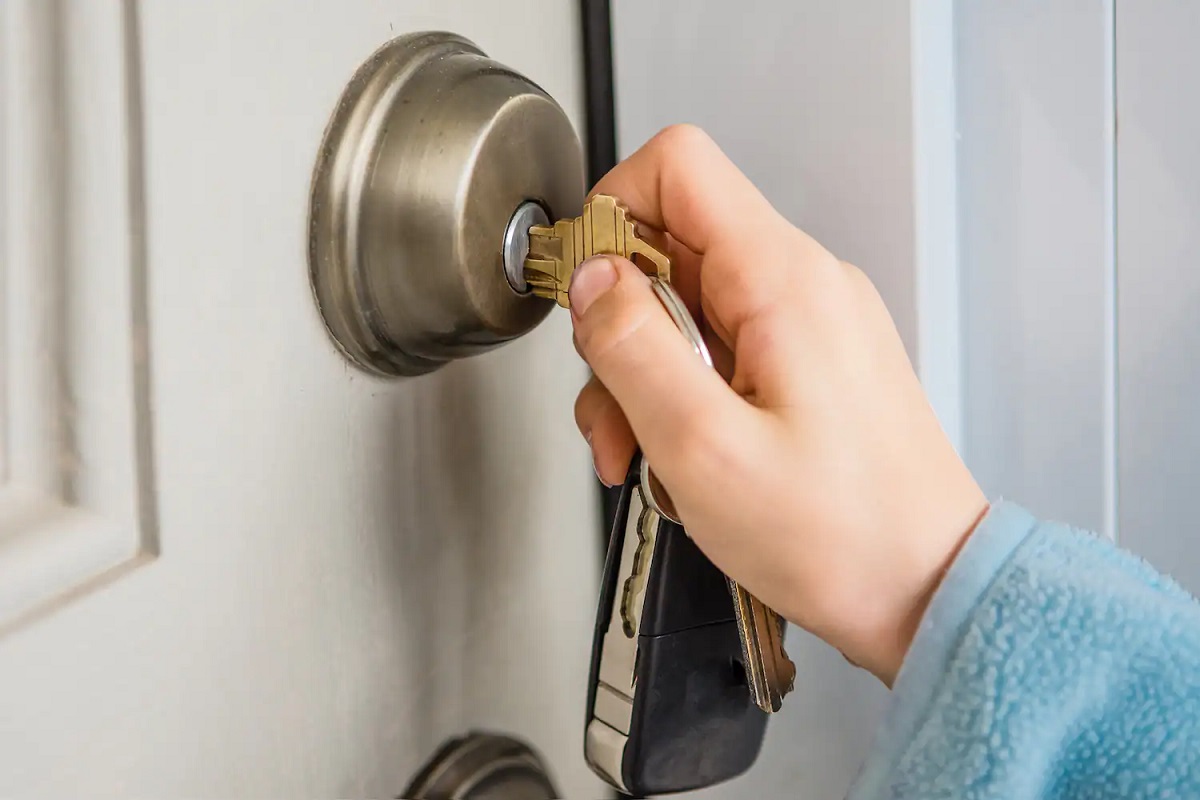

Security & Surveillance
Which Way Do You Turn A Key To Lock A Door
Modified: May 6, 2024
Learn the correct way to turn a key to lock a door for optimal security and surveillance. Find out the best practices for securing your home.
(Many of the links in this article redirect to a specific reviewed product. Your purchase of these products through affiliate links helps to generate commission for Storables.com, at no extra cost. Learn more)
Introduction
Read more: What To Do If Key Is Stuck In Door Lock
Unlocking the Secrets: Which Way Do You Turn a Key to Lock a Door?
Keys and locks have been essential tools for securing homes and property for centuries. Understanding the mechanics of locks and keys is not only practical but can also be quite fascinating. One common question that often arises is, “Which way do you turn a key to lock a door?” This seemingly simple query opens the door to a world of knowledge about locks and the mechanisms that keep our belongings safe.
In this article, we will delve into the basic functions of keys, explore the various types of locks, and ultimately uncover the direction in which a key should be turned to effectively lock a door. By the end, you will have a comprehensive understanding of this everyday security practice, empowering you to make informed decisions about your own home security.
Key Takeaways:
- Turning a key to lock a door is like solving a puzzle – it’s a unique process for different types of locks. Knowing the right direction for your lock type is key to keeping your home safe and secure.
- Understanding how keys and locks work can help you make smart choices for your home security. Whether it’s a traditional lock or a high-tech smart lock, knowing the right way to turn the key is essential for keeping your home safe.
Basic Function of a Key
At its core, a key is a small, intricately designed tool that operates a lock. The primary function of a key is to align specific pins or tumblers within the lock to allow the cylinder or bolt to be turned, thus securing or releasing the locking mechanism. This process is based on the principles of mechanical engineering and relies on the precise configuration of the key’s teeth or ridges.
When a key is inserted into a lock, the unique pattern of its teeth corresponds to the arrangement of pins within the lock’s cylinder. As the key is turned, these pins align along what is known as the shear line, allowing the cylinder to rotate and the lock to be either locked or unlocked. This intricate interplay of key and lock components forms the basis of traditional pin tumbler locks, which are widely used in residential and commercial settings.
Additionally, modern keys may also integrate electronic or magnetic components, such as transponder chips or coded patterns, to provide enhanced security features. These advanced keys communicate with electronic components within the lock, further fortifying the protective measures against unauthorized access.
Understanding the basic function of a key provides valuable insight into the fundamental principles of lock operation. This knowledge serves as a foundation for comprehending the directional mechanisms involved in locking a door, which we will explore in the following sections.
Types of Locks
Locks come in a variety of designs, each with its own unique features and mechanisms. Understanding the different types of locks is crucial in determining the specific method of locking and unlocking a door. Here are some common types of locks:
- Pin Tumbler Locks: These are the most prevalent type of locks and are commonly found in residential and commercial settings. They operate using a series of spring-loaded pins that prevent the lock from rotating until the correct key is inserted to align the pins along the shear line.
- Deadbolt Locks: Deadbolts are renowned for their robust security features. They consist of a solid metal bolt that extends into the door frame, providing exceptional resistance against forced entry. Deadbolts can be operated using a key from the outside and a thumb turn from the inside.
- Smart Locks: With advancements in technology, smart locks have gained popularity for their convenience and enhanced security. These locks can be operated remotely using a smartphone or a dedicated key fob, often incorporating features such as keyless entry, activity logs, and integration with home automation systems.
- Mortise Locks: Commonly found in older homes and commercial properties, mortise locks are installed within the door, offering a sturdy and durable locking solution. They utilize a mortise mechanism that requires a specially designed key for operation.
- Knob Locks: Often used in conjunction with deadbolts, knob locks are integrated into door handles and are primarily intended for interior doors. While they provide a basic level of security, they are not recommended as the sole locking mechanism for exterior doors.
Each type of lock has its own set of characteristics and operational nuances, influencing the direction in which the key must be turned to effectively lock the door. By familiarizing ourselves with these lock variations, we can gain a deeper appreciation for the intricate nature of door security.
Turn the key to the right to lock a door. This is the standard direction for most locks.
Direction to Turn a Key to Lock a Door
Now that we have explored the fundamental functions of keys and the diverse landscape of locks, it’s time to unravel the mystery of which way to turn a key to lock a door. The direction in which a key should be turned largely depends on the type of lock in question. Let’s delve into the specifics:
- Pin Tumbler Locks: When using a key to lock a door with a pin tumbler lock, the key is typically turned in a clockwise direction. This action aligns the pins along the shear line, allowing the cylinder to rotate and secure the lock. Conversely, to unlock the door, the key is turned counterclockwise, disengaging the pins and enabling the cylinder to turn freely.
- Deadbolt Locks: Deadbolts are operated by turning the key in a clockwise direction to extend the bolt into the door frame, effectively locking the door. To unlock the deadbolt, the key is turned counterclockwise, retracting the bolt and releasing the lock.
- Smart Locks: Smart locks offer diverse locking mechanisms, including keypads, electronic key fobs, and smartphone applications. The direction to turn a key, if applicable, may vary based on the specific model and manufacturer’s guidelines.
- Mortise Locks: When locking a door with a mortise lock, the key is typically turned in a clockwise direction to engage the locking mechanism. To unlock the door, the key is turned counterclockwise, disengaging the lock.
- Knob Locks: Knob locks are turned in a clockwise direction to lock the door, and counterclockwise to unlock it. However, it’s important to note that knob locks are not recommended as the primary security measure for exterior doors due to their susceptibility to forced entry.
Understanding the specific directions for locking and unlocking different types of locks empowers homeowners and property managers to make informed decisions about their security practices. By aligning the key’s turning direction with the corresponding lock mechanism, individuals can optimize the effectiveness of their door security and enhance their peace of mind.
Conclusion
Unlocking the mystery of which way to turn a key to lock a door has provided valuable insights into the intricate world of locks and keys. From the basic functions of keys to the diverse array of lock types, we have embarked on a journey to demystify the mechanisms that safeguard our homes and properties.
By understanding the specific directions for locking and unlocking different types of locks, individuals can take proactive steps to fortify their security measures. Whether it’s the clockwise turn of a key in a pin tumbler lock or the operation of a smart lock through a smartphone application, the knowledge gained from this exploration equips us to make informed decisions about our door security.
As technology continues to advance, the landscape of locks and keys evolves, introducing innovative security solutions that cater to modern lifestyles. From traditional mechanical locks to cutting-edge smart systems, the quest for enhanced security remains an ongoing endeavor.
Ultimately, the simple act of turning a key to lock a door embodies a profound commitment to safety and protection. It signifies a fundamental practice that resonates across cultures and generations, symbolizing our innate desire to safeguard what we hold dear.
So, the next time you reach for your key to secure your door, remember the wealth of knowledge that underpins this seemingly routine task. Embrace the empowerment that comes with understanding the mechanisms at play, and take pride in the role you play in upholding the security of your home and loved ones.
As we continue to navigate the ever-evolving landscape of security and surveillance, let us carry forward this newfound understanding, enriching our daily routines with a deeper appreciation for the craftsmanship and ingenuity that safeguard our cherished spaces.
Now that you've mastered locking doors, why not step up your home's safety game? Securing your residence goes beyond just turning keys. Delving into comprehensive security measures can drastically reduce risks to your property and loved ones. For insights on fortifying your house against intrusions and ensuring peace of mind, don't miss our detailed guide on effective strategies and tools for home protection.
Frequently Asked Questions about Which Way Do You Turn A Key To Lock A Door
Was this page helpful?
At Storables.com, we guarantee accurate and reliable information. Our content, validated by Expert Board Contributors, is crafted following stringent Editorial Policies. We're committed to providing you with well-researched, expert-backed insights for all your informational needs.
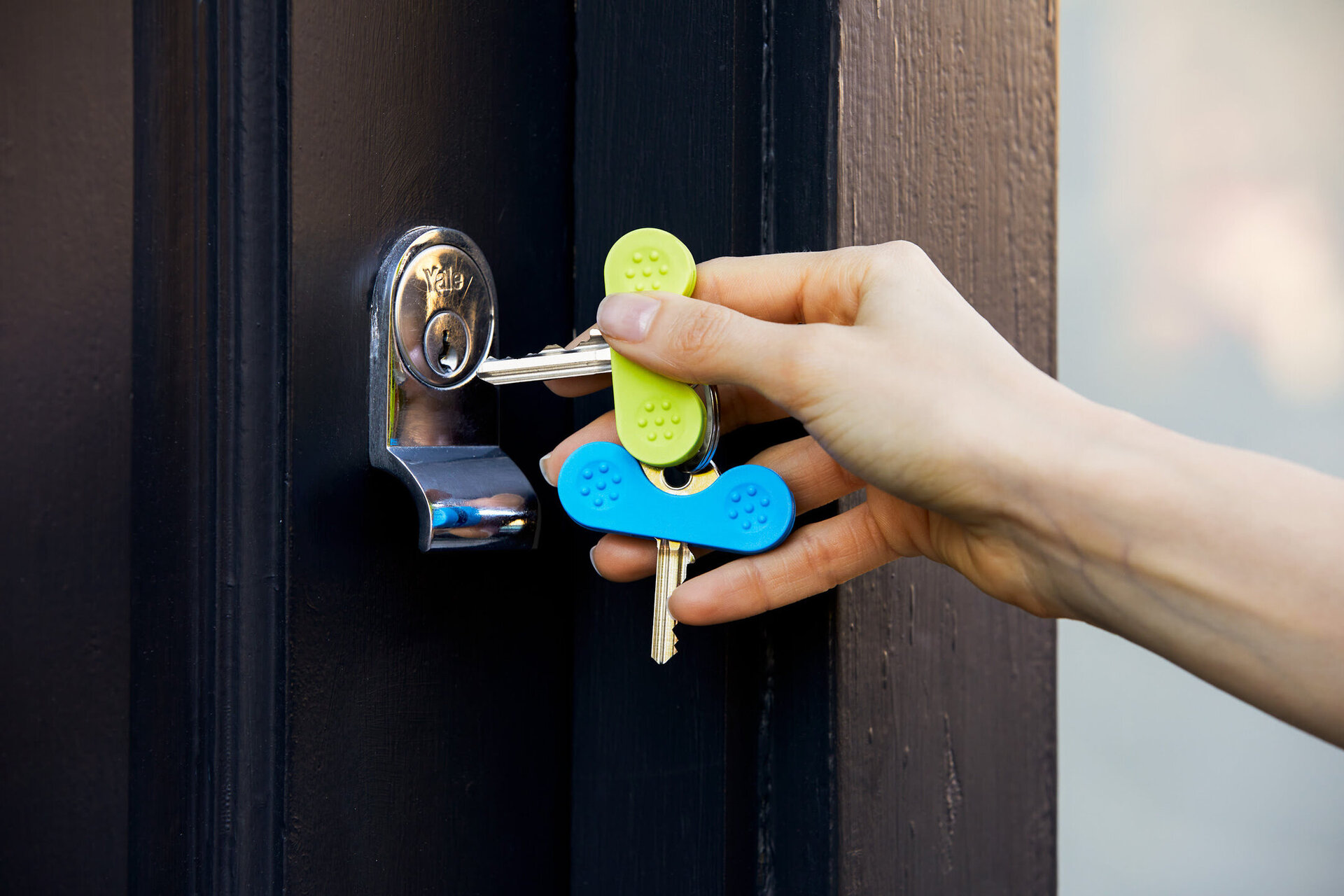
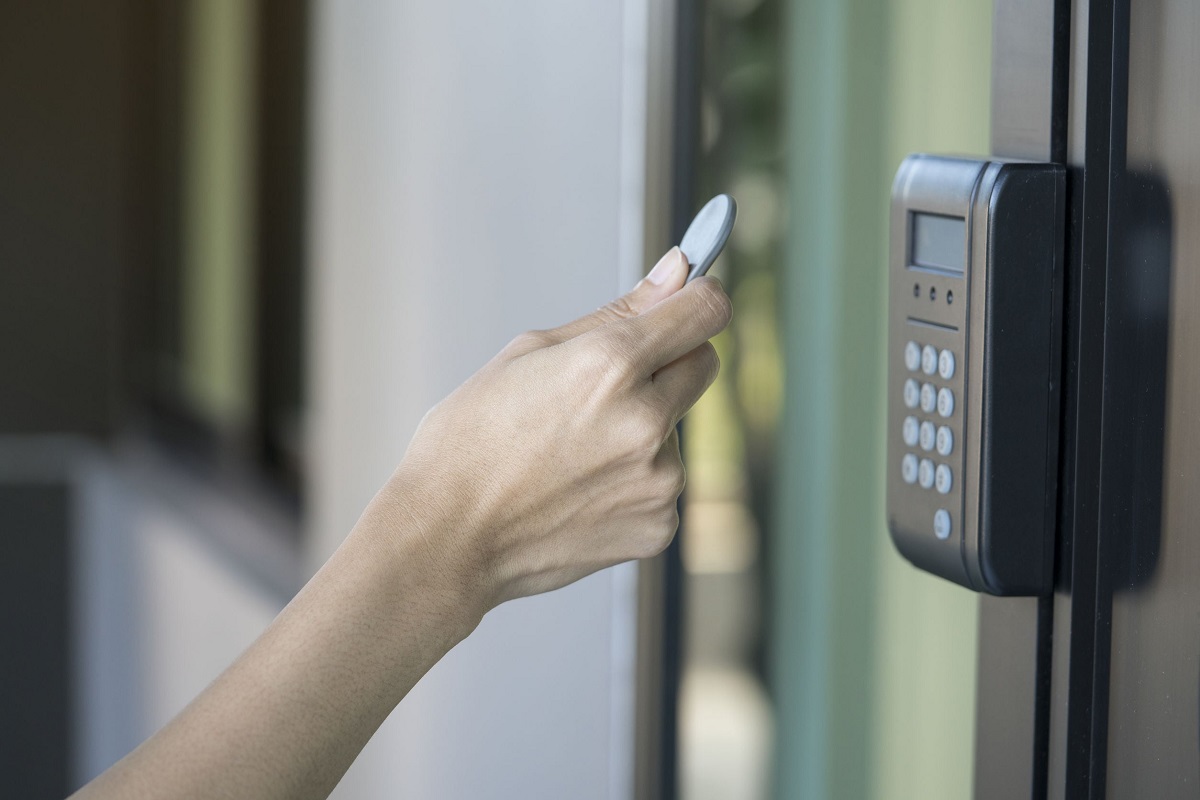
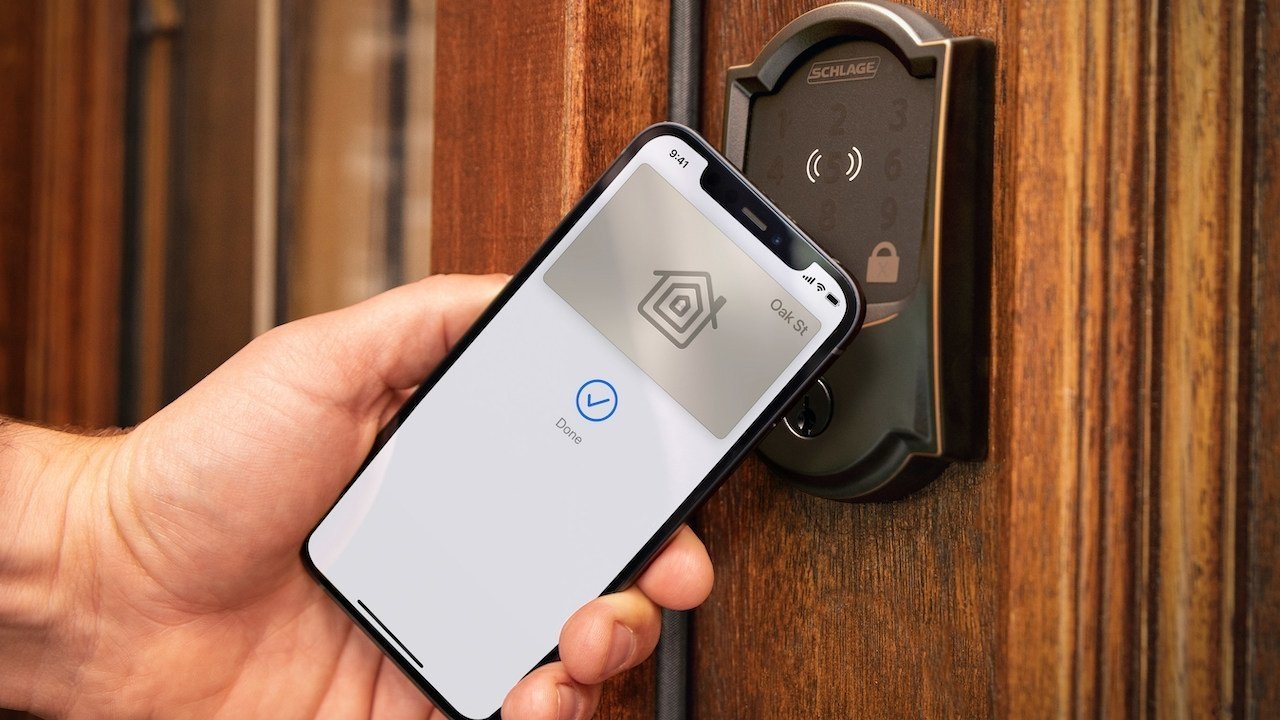
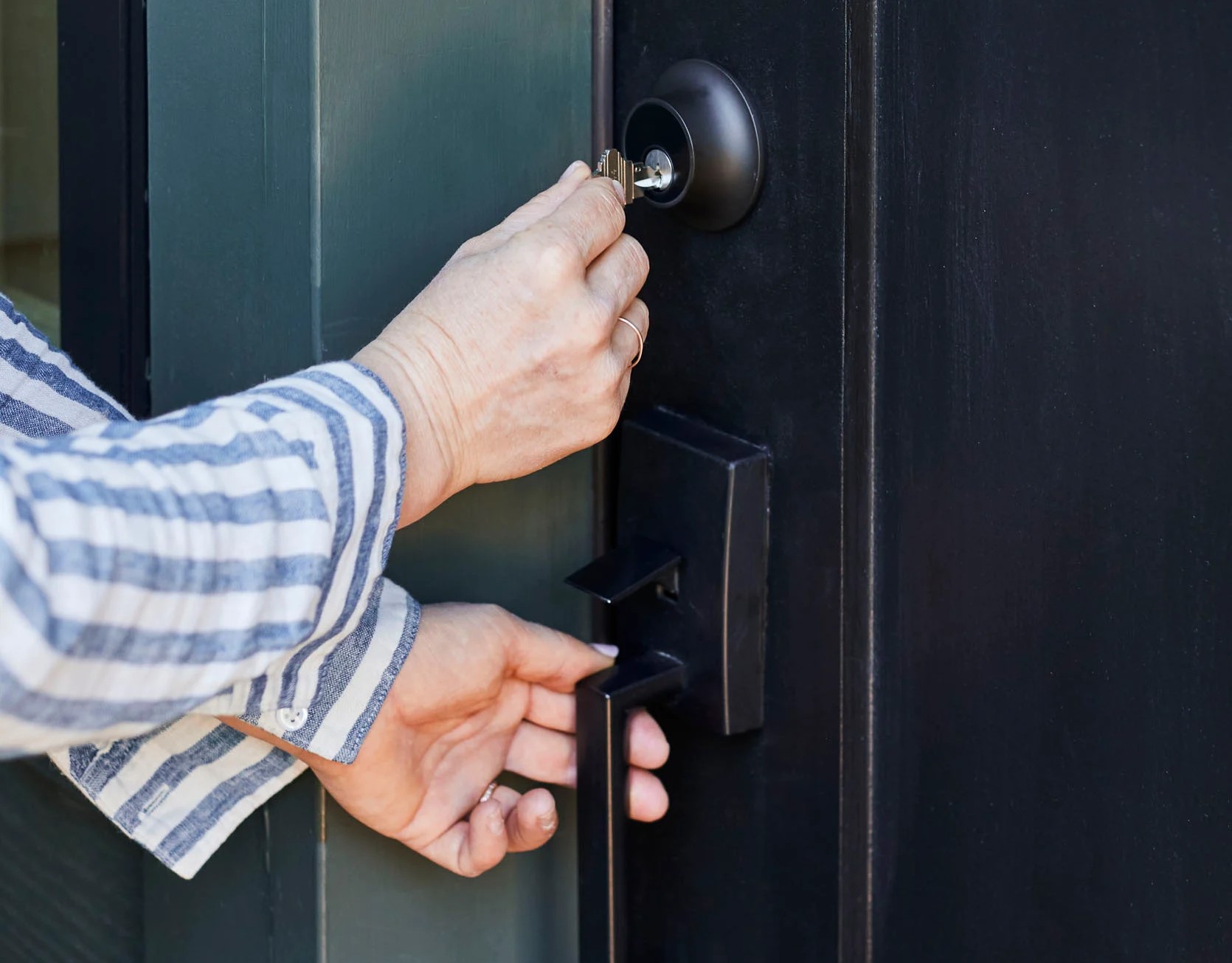
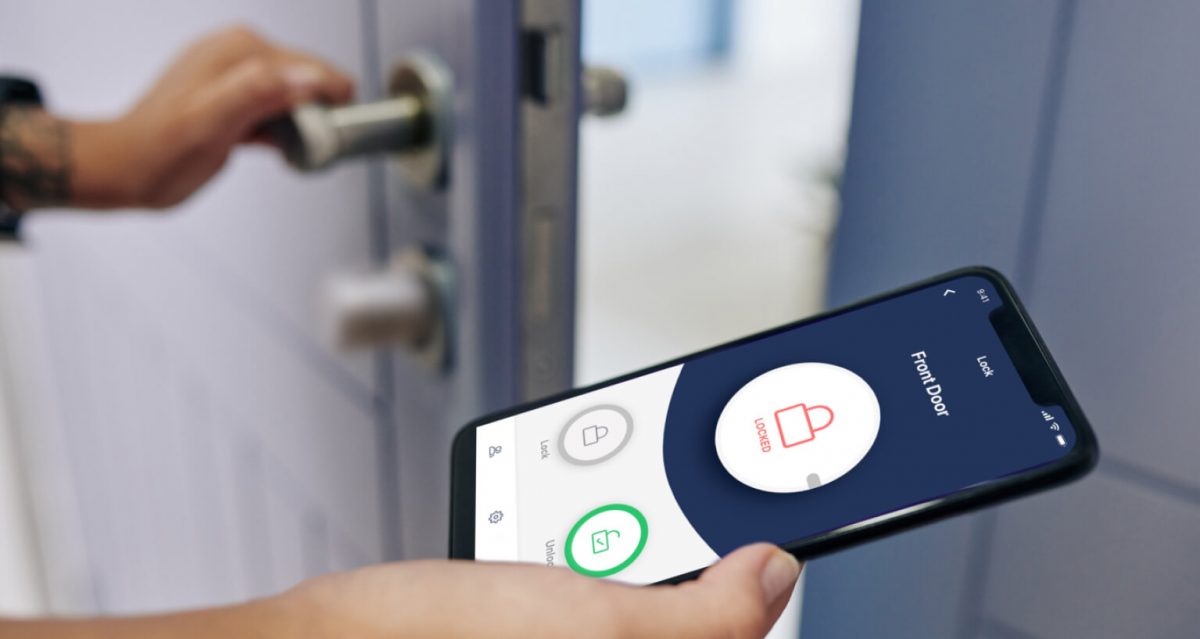
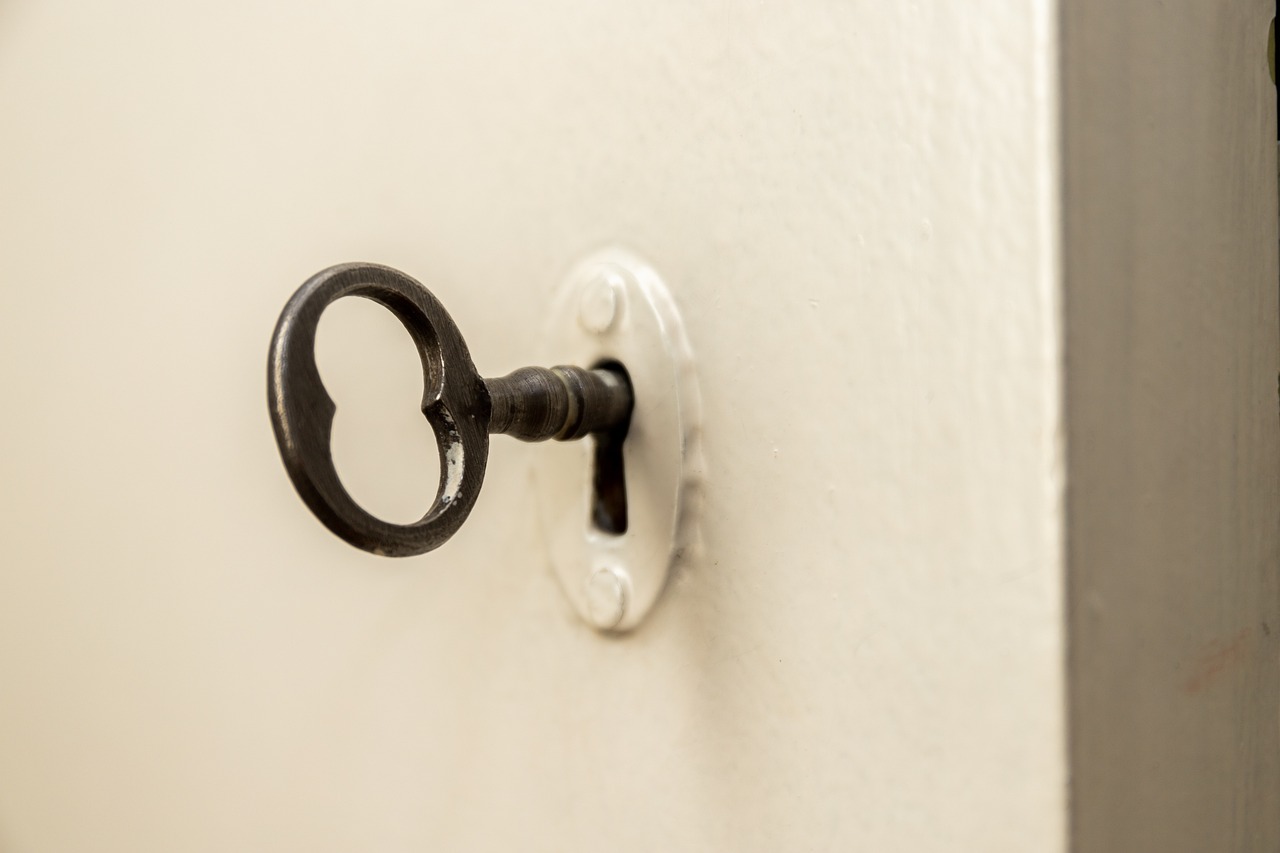
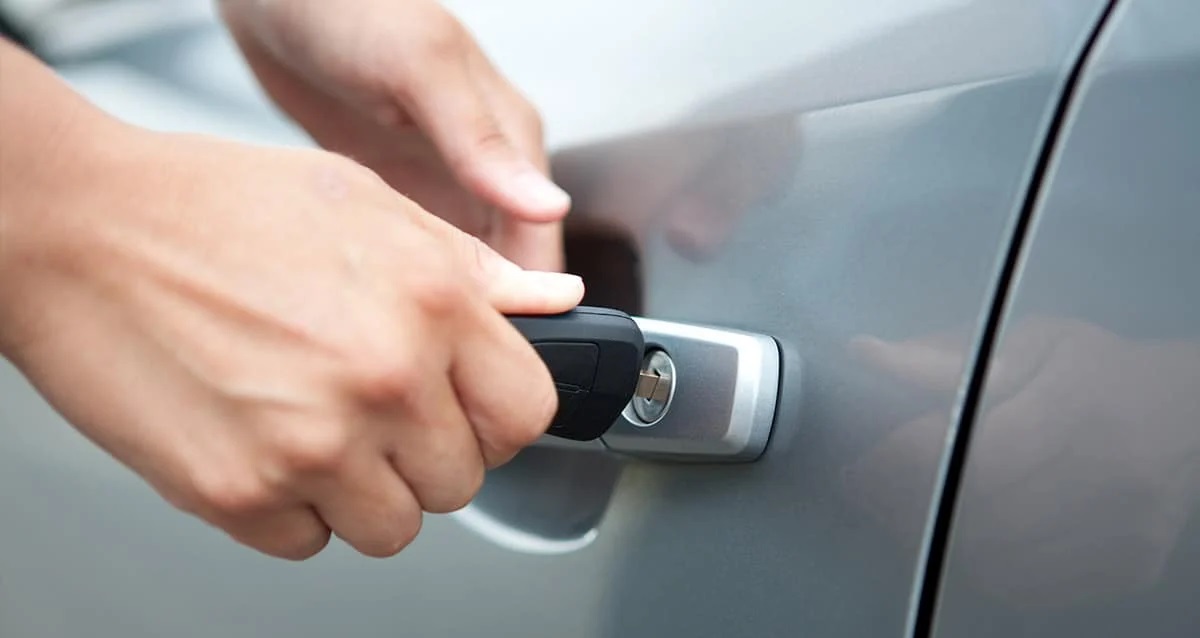
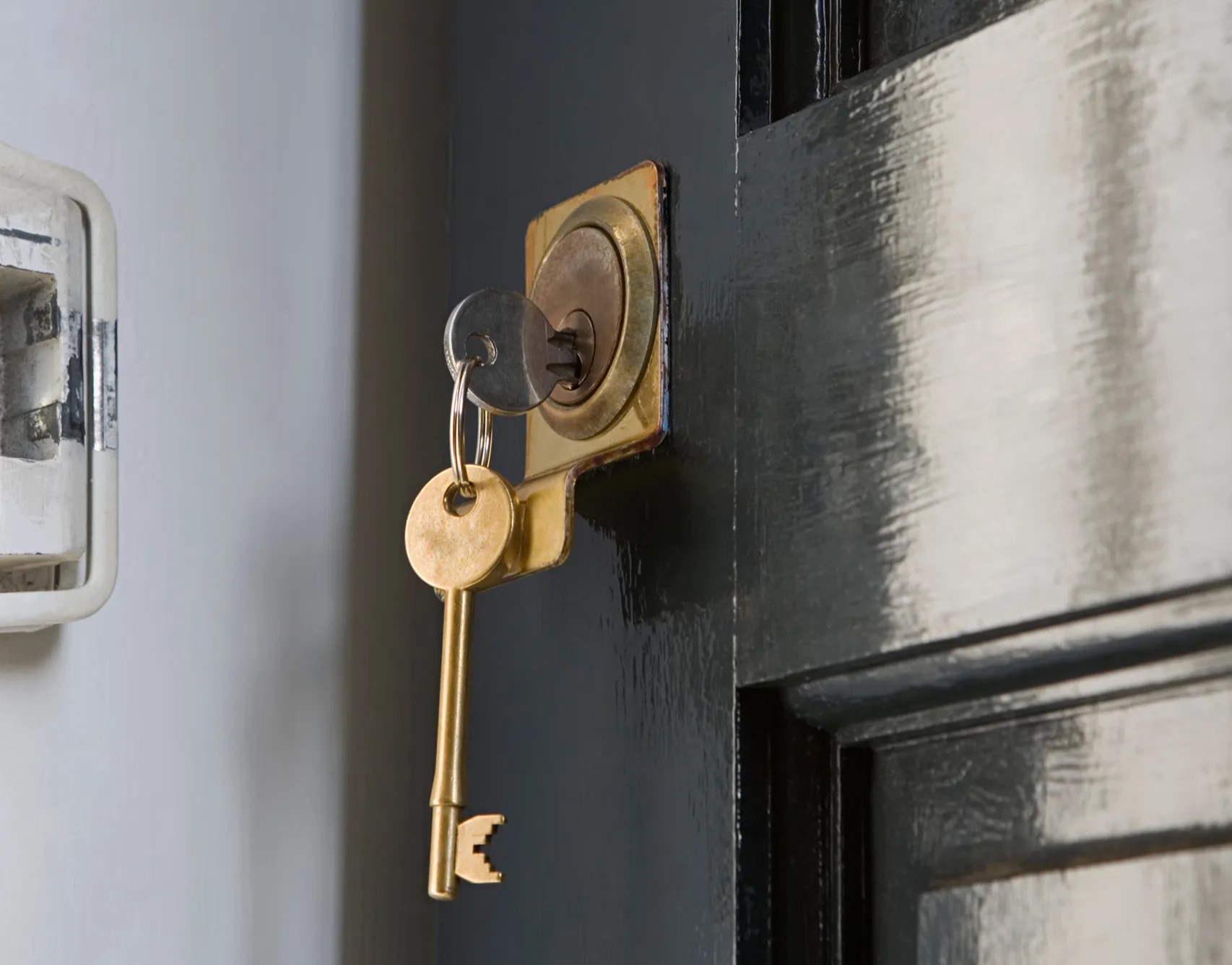
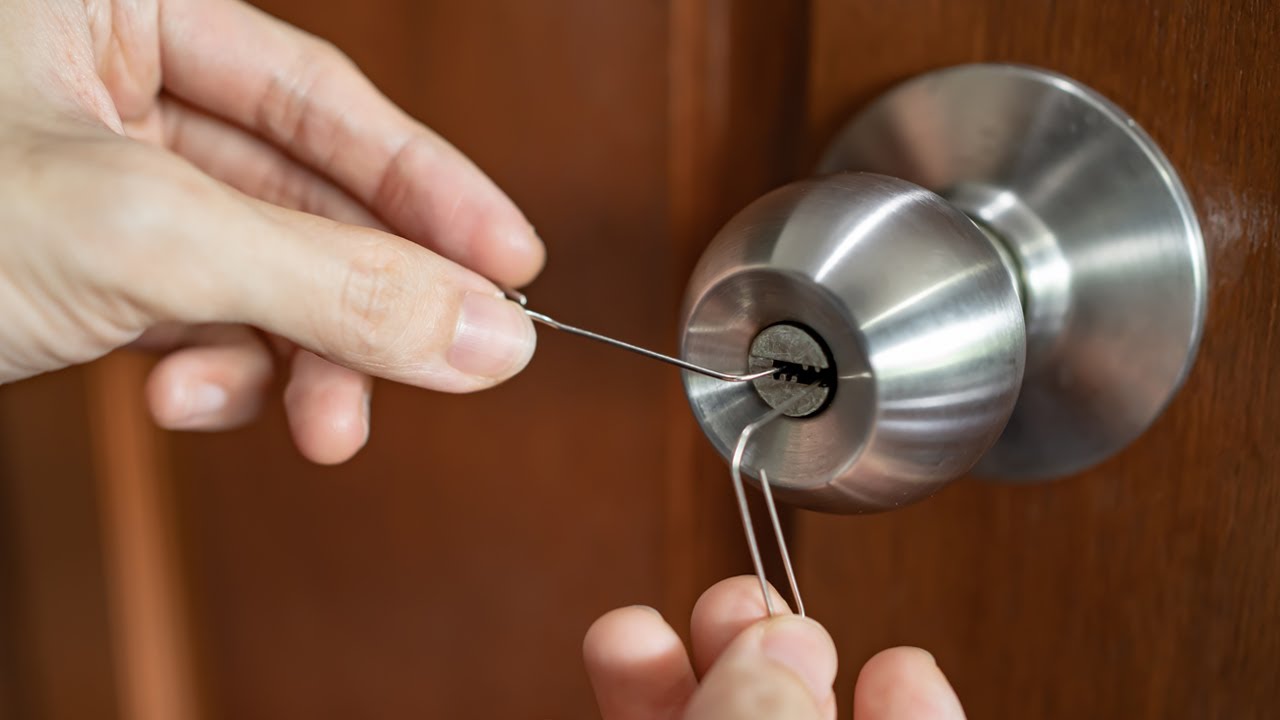
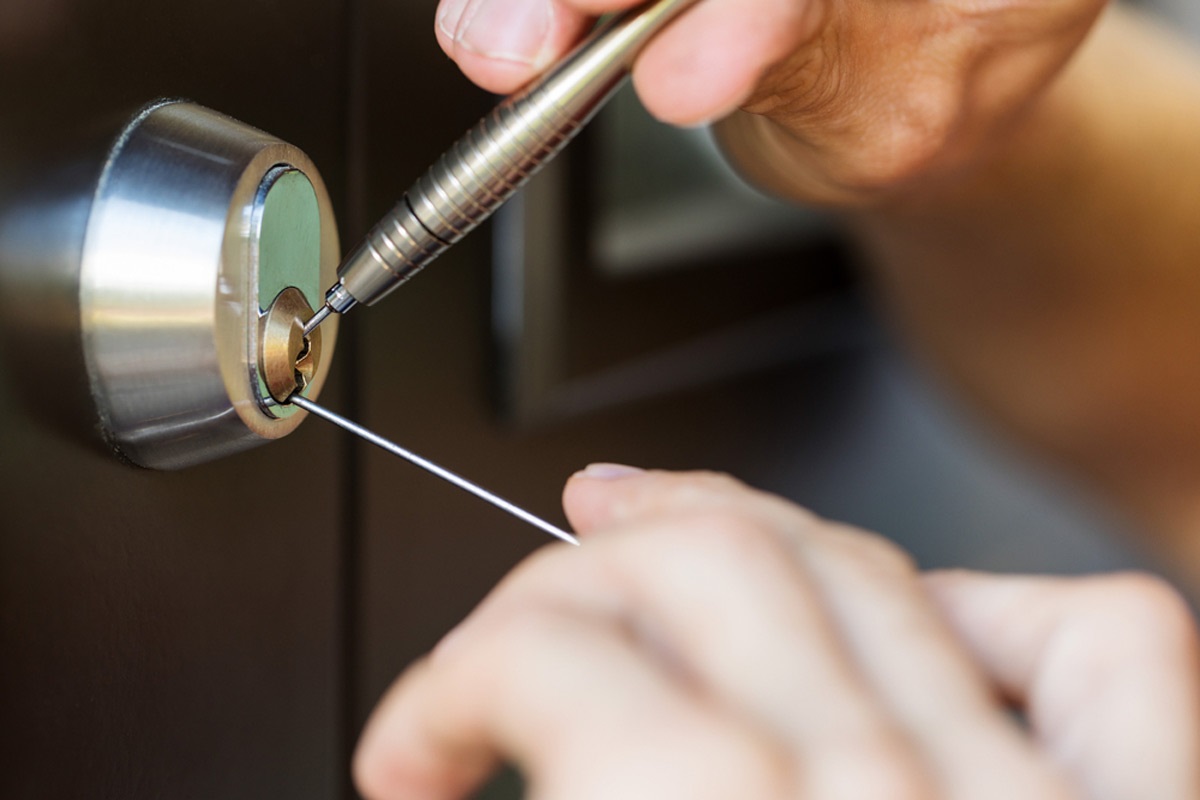
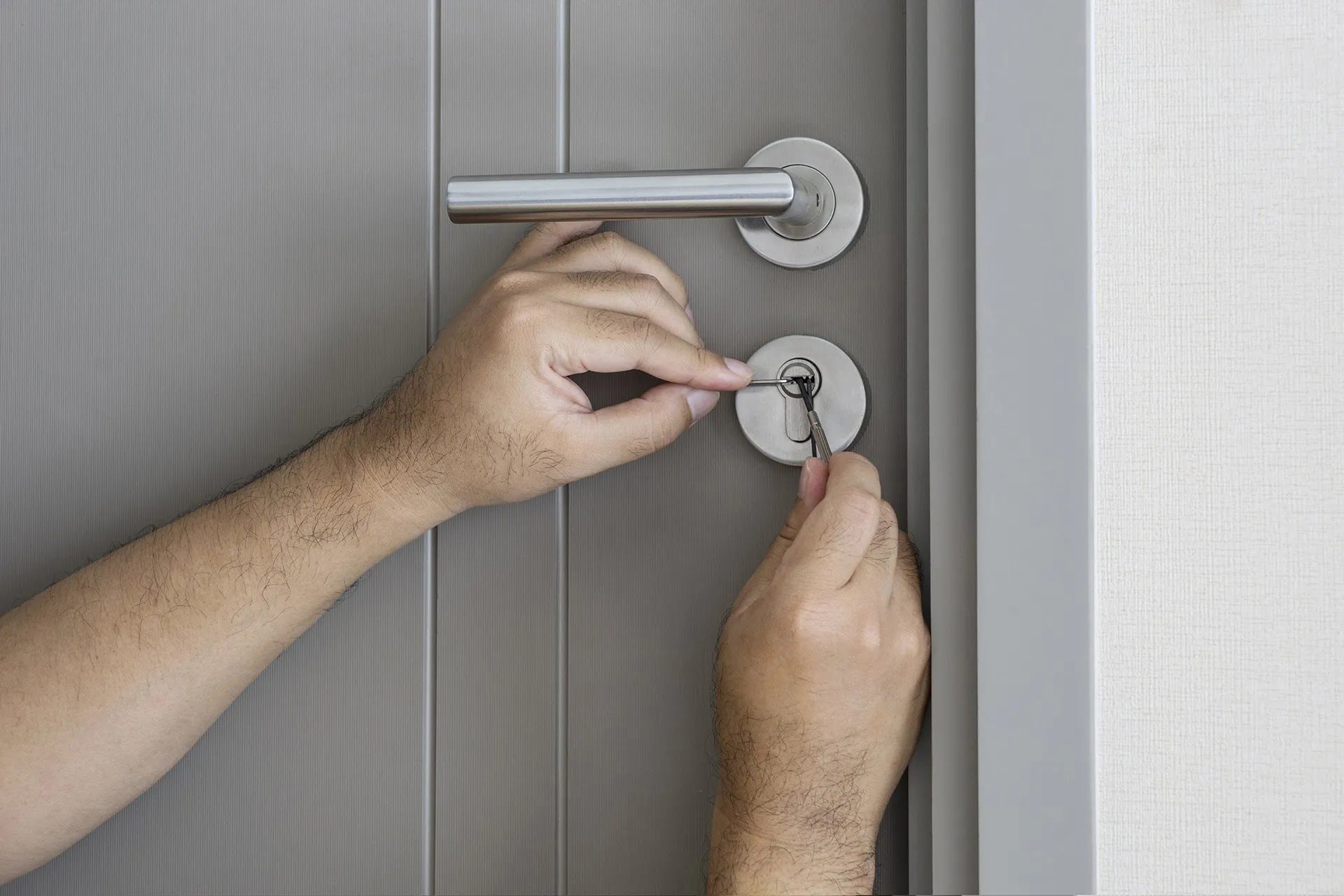
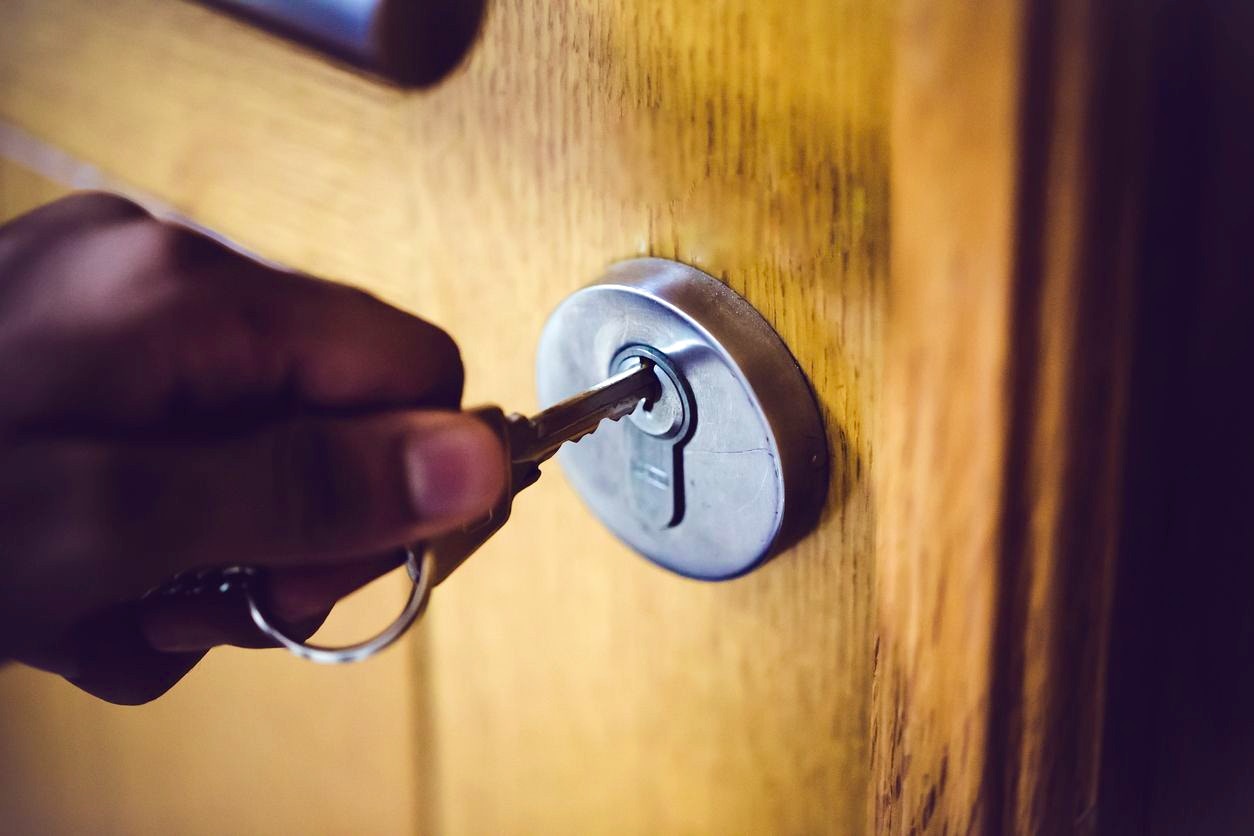
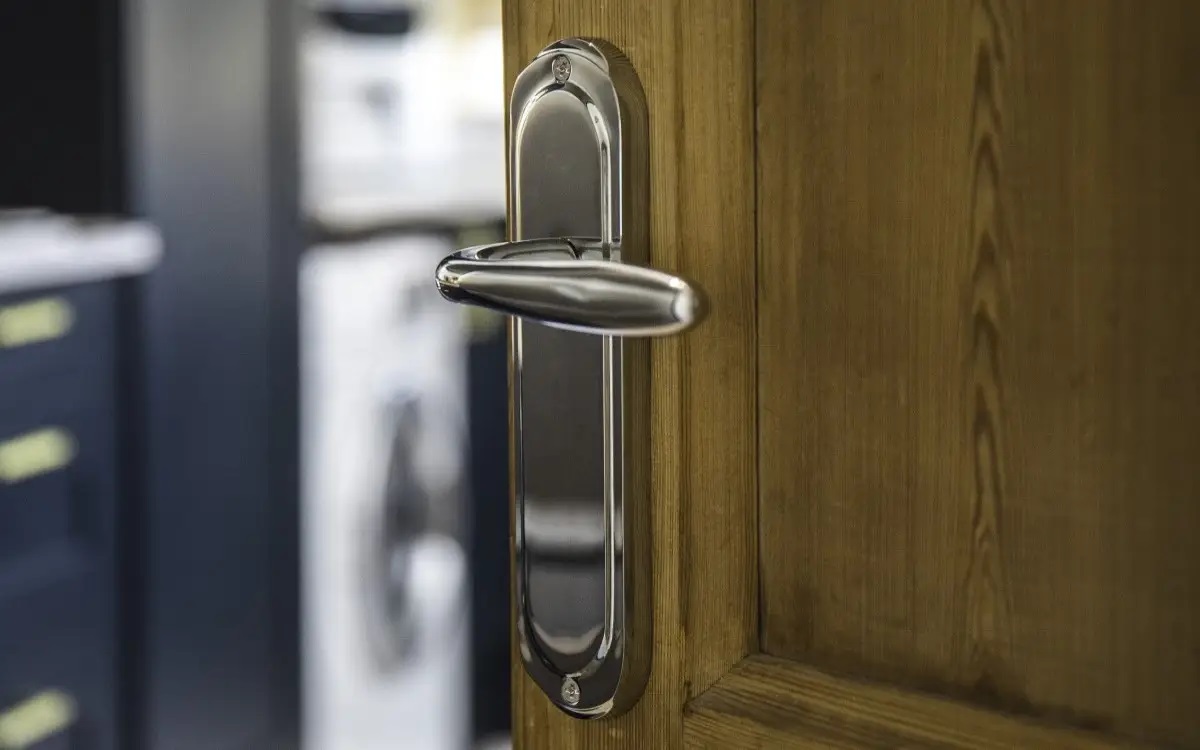
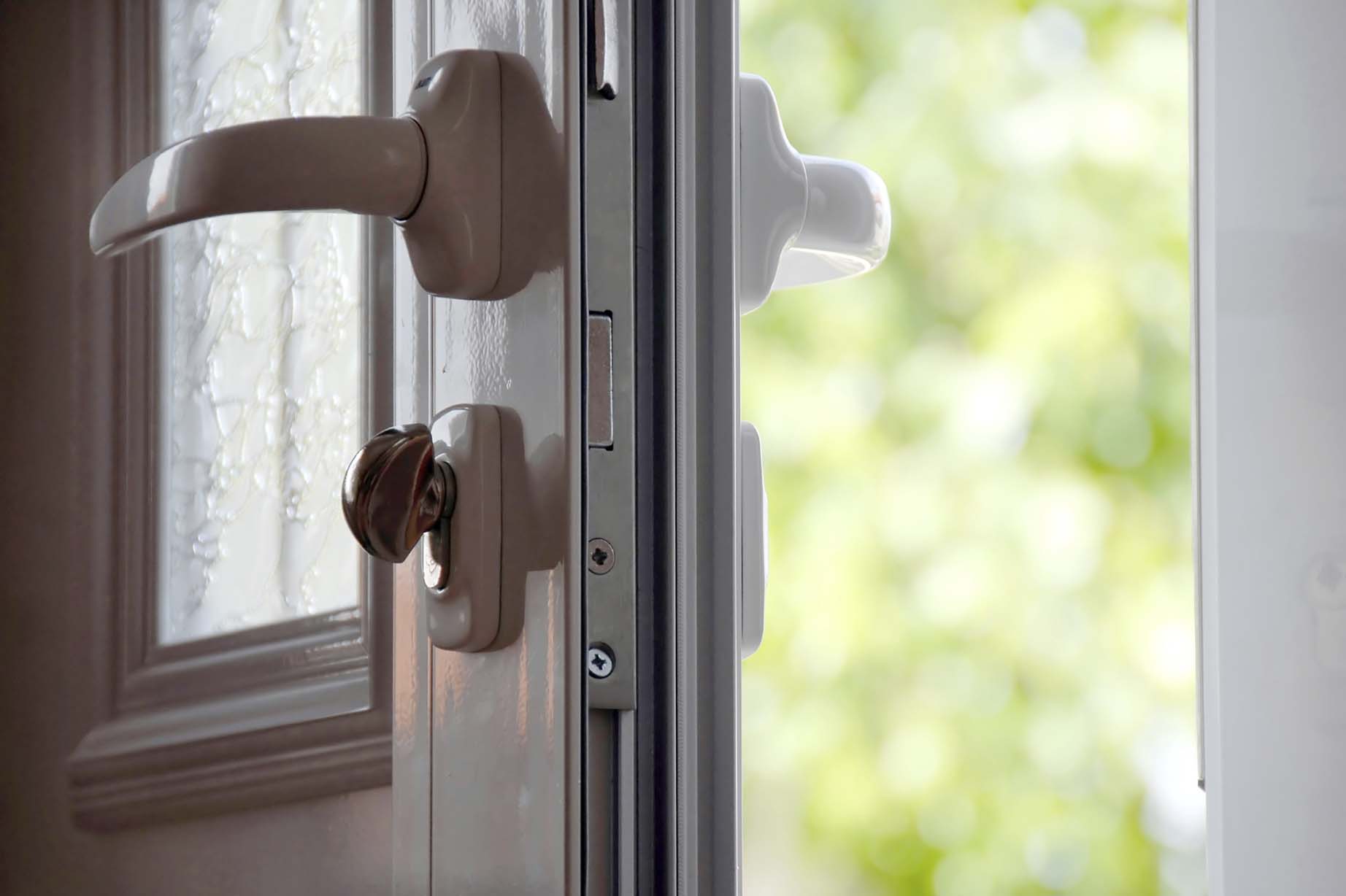

0 thoughts on “Which Way Do You Turn A Key To Lock A Door”